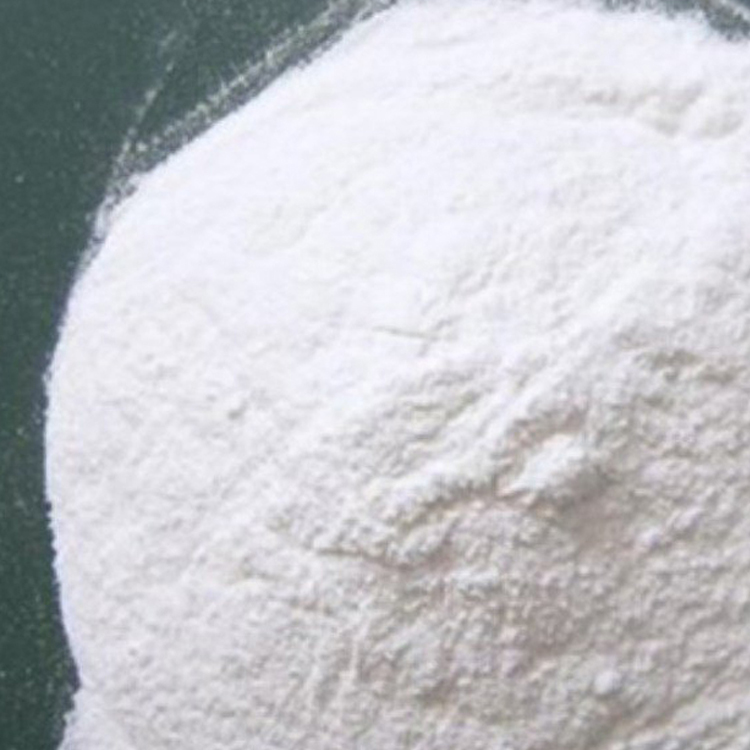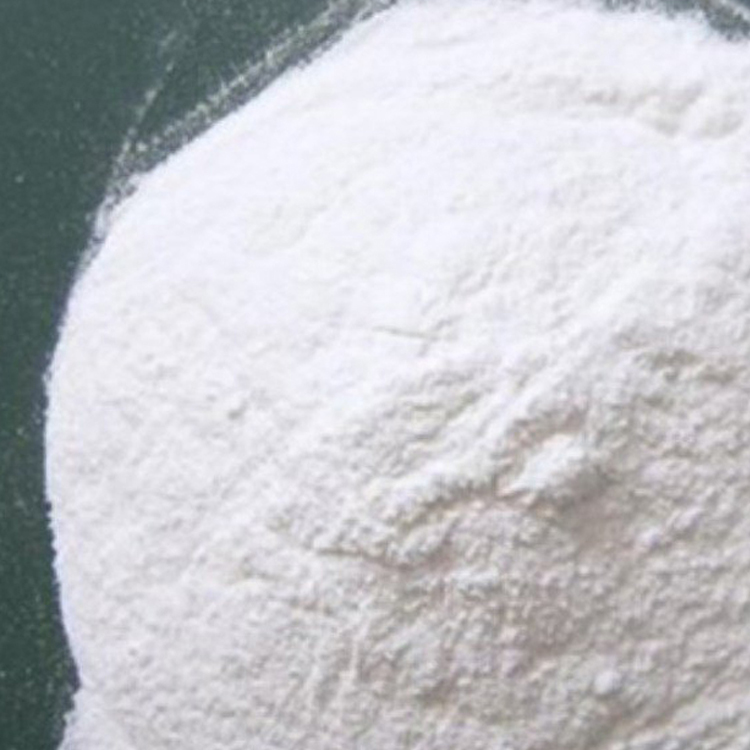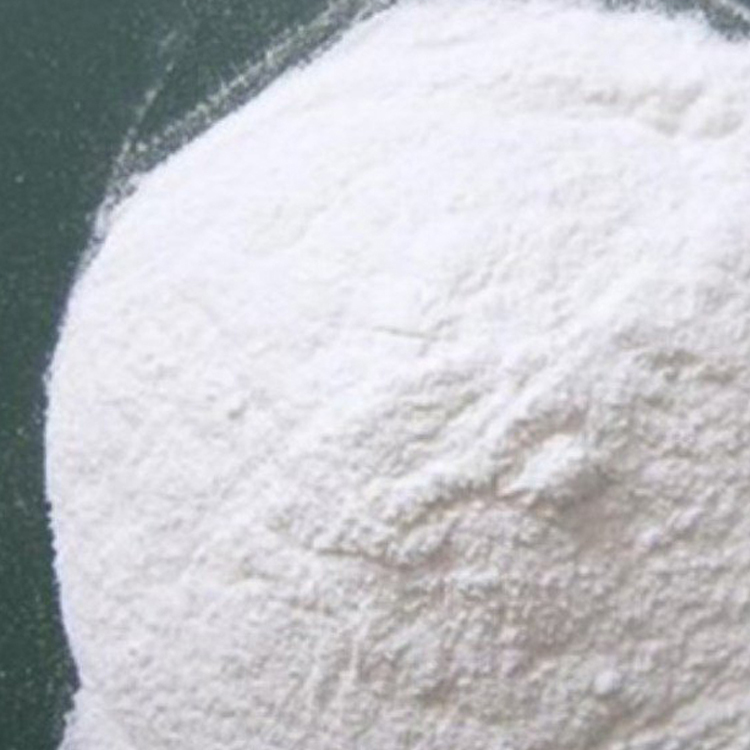riallyl isocyanurate, commonly known as TAIC
Product introduction
Triallyl isocyanurate, commonly known as TAIC:
It is widely used as a co-crosslinking agent for peroxide crosslinking or free radical reaction crosslinking, such as chlorinated polyethylene (CPE), EPDM, fluororubber and so on.
Appearance Colorless or light yellow liquid Application TAIC is widely used, mainly used as co-vulcanizing agent for various special rubbers, thermoplastics, ion exchange value, cross-linking agent and modifier for light-curing coatings and adhesives, and inhibitor Intermediate of flame retardant and photoresist. TIAC products are non-flammable, non-explosive, and non-hazardous to the environment. They are transported and stored as non-dangerous goods. The chemical properties of TAIC are relatively stable and can be stored in a cool, dark condition for a long time. Uses As cross-linking and modifier of polyolefin, co-vulcanizing agent for special rubber, cross-linking agent for unsaturated polyester glass fiber reinforced plastic, internal plasticizer for polystyrene, etc. Multi-functional olefin monomer containing aromatic ring, It is widely used as cross-linking agent, modifier and auxiliary agent for various thermoplastics, ion exchange resins and special rubbers. Ethylene propylene ternary or binary =, = rubber =, CPE, EVA and other special rubbers are vulcanized with TAIC as auxiliary vulcanizing agent (used together with DCP, the general dosage is DCP2% TAIC3-4%), which can significantly shorten the vulcanization time and improve the Mechanical properties, heat resistance, weather resistance and solvent resistance of products. Application Cross-linking agent TAIC is a multifunctional olefin monomer containing aromatic heterocycle, mainly used as cross-linking agent and modifier for various purposes. Uses TAIC is a multifunctional olefin monomer containing aromatic heterocycles. It is widely used in a variety of thermoplastics, ion exchange resins, crosslinking agents, modifiers and co-vulcanizing agents for special rubbers, as well as light-curing coatings, It is an intermediate of photoresist, flame retardant, etc. It is a kind of auxiliary agent for new polymer materials with a wide range of uses. Use 1. It can be used as auxiliary cross-linking agent and auxiliary cross-linking agent for rubber and plastic Chemicalbook materials, which is effective in improving the degree of cross-linking and reducing the radiation dose. 2. TAIC is a good auxiliary vulcanizing agent for ethylene-propylene rubber, chlorinated polyethylene, polyolefin, etc. when peroxide is used as vulcanizing agent. 3. It has a certain sensitization effect on the radiation crosslinking of PVC, and can be used as a light radiation crosslinking agent or photosensitizer. 4. Coupling agent for peroxide curing reactions. 5. Due to the high crosslinking density of TAIC homopolymers, it is widely used in the industrial production of adhesives, cables, paper, and plexiglass to enhance the strength of other matrices during polymerization. 2. Coupling agent for peroxide curing reaction. 3. Due to the high cross-linking density of TAIC homopolymer, it is widely used in adhesives, cables, paper and plexiglass for industrial purposes 1). Cross-linking and modification of polyolefins: 4.5 polyethylene, polypropylene, polyolefin Crosslinking and modification of vinyl chloride and polystyrene can improve heat resistance, mechanical strength, corrosion resistance, solvent resistance, etc. 2). Assisted vulcanization of special rubber: ethylene-propylene binary or ternary rubber, fluorine rubber, silicone rubber, polyurethane and other special rubbers are vulcanized with TAIC as a vulcanizing agent (DCP is used together), and the general dosage is 0.5- 3% can significantly shorten vulcanization time and improve mechanical properties, abrasion resistance, weather resistance and solvent resistance. 3). Cross-linking agent for unsaturated polyester FRP: hot-pressing unsaturated polyester FRP with a small amount of TAIC as a cross-linking agent can significantly improve the heat resistance and mechanical strength, and the heat resistance can be increased to above 200 ℃. 4). Internal plasticizer of polystyrene: used for copolymerization with TAIC





